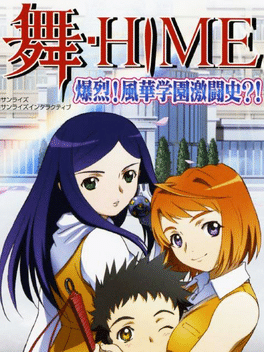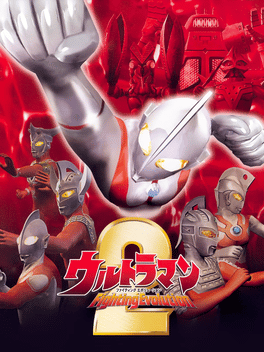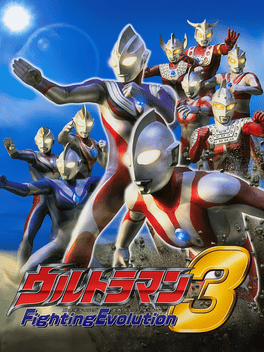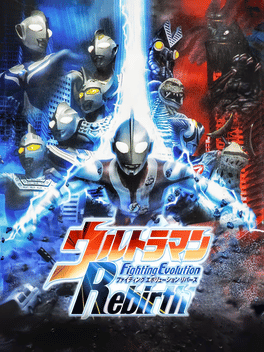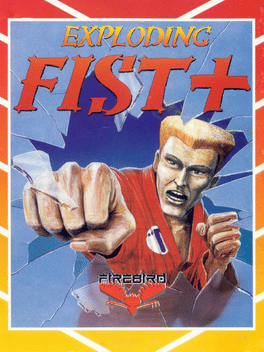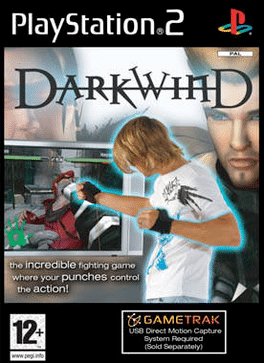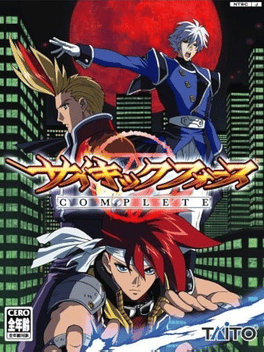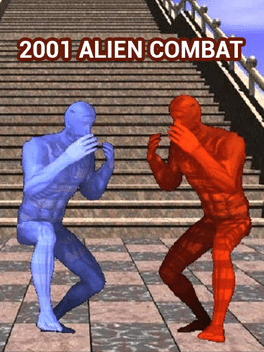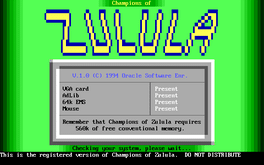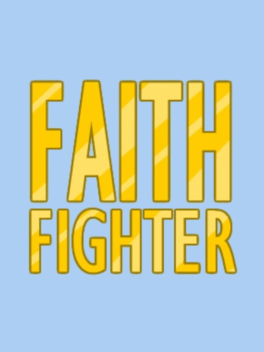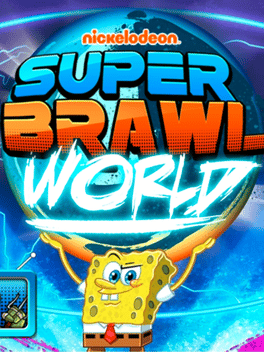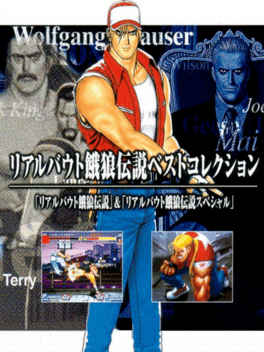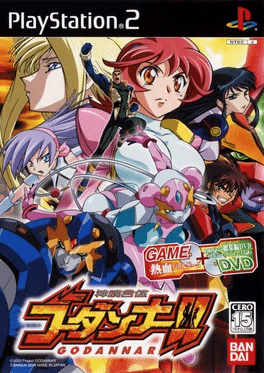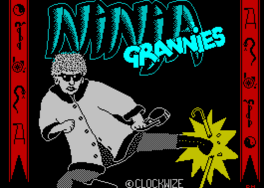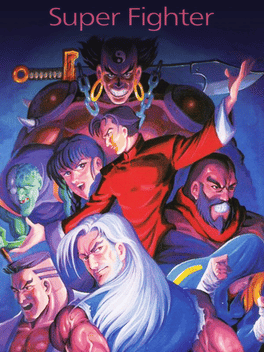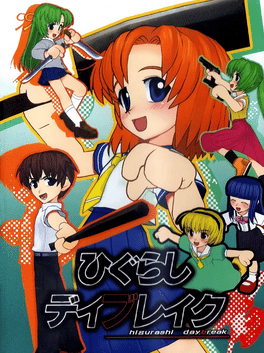Most Popular Fighting Games - Page 88
-
Mai-Hime Bakuretsu! Fuuka Gakuen Gekitoushi?!
2006
A 3D fighting game based on the My-Hime anime series. Its story mode retells the the first 16 episodes using stills and clips from the show. -
Ultraman Fighting Evolution 2
2002
Ultraman Fighting Evolution 2 (ウルトラマン Fightingファイティング Evolutionエボリューション 2ツー Urutoraman Faitingu Eboryūshon Tsū) is a fighting game. It was released and published by Banpresto. It was the sequel of the original Ultraman Fighting Evolution series. -
Ultraman Fighting Evolution 3
2004
Ultraman Fighting Evolution 3 (ウルトラマン Fightingファイティング Evolutionエボリューション 3スリー Urutoraman Faitingu Eboryūshon Surī) also called "Ultraman FE3" is a Fighting game developed and published by Banpresto. it is the 3rd in the Ultraman Fighting Evolution series. The direction is provided by Yuji Machi, who acted as Ultraman Tiga's voice actor as well. -
Ultraman Fighting Evolution Rebirth
2005
Ultraman Fighting Evolution Rebirth is the 4th game in the Ultraman Fighting Evolution series. This game was released in the PlayStation 2 console. Its Story Mode involves Alien Mephilas launching a massive invasion using EX monsters (more powerful versions of the originals) and sending three 'Chaosroids' (dark versions of Ultraman, Ultraseven, and Ultraman Taro) to the Land of Light. Eventually, Mephiles fuses with his final monster, Neo Chaos Darkness. With the combined effort between Cosmos and the other Ultras, they managed to defeat him and stop his invasion. -
Exploding Fist +
1988
-
Gametrak: Dark Wind
2004
-
Psychic Force Complete
2005
Psychic Force Complete is a PlayStation 2 compilation exclusively released in Japan. This collection brings together three notable entries in the Psychic Force franchise: the original Psychic Force game, Psychic Force 2012, and an enhanced version called Psychic Force 2012 EX. The compilation offers players an improved gaming experience with refined graphics, new voice recordings, and additional bonus materials. -
2001 Alien Combat
2000
2001 Alien Combat
2000
A one-on-one beat 'em up game. The player controls a blue humanoid and must defeat alien opponents within a time limit. There are numerous moves available, triggered with the number keys: a jump, a lethal front kick, a rotation kick, various punches, and more. The player also can throw knives at the opponent, but there's a limited amount of knives, represented by a dwindling bar beneath the player's life bar. -
Champions of Zulula
Mythological men and monsters duke it out gladiator-style. This quirky fighting game lets you play as a ninja, zombie or ostrich(!) to name a few. The "Heroes of Might & Magic" of fighting games. -
Faith Fighter
Faith Fighter is a Flash based fighting game starring all your favourite deities and prophets. Due to its depiction of Muhammad (which is offensive in Islamic tradition), it was temporarily removed from its host website and replaced with Faith Fighter 2. -
Super Brawl World
2017
Super Brawl World
2017
Super Brawl World is a browser-based fighting game starring Nickelodeon characters. -
Guilty Gear X Plus
2001
Guilty Gear X Plus
2001
Guilty Gear X Plus is the fifth entry in the Guilty Gear series. It is a Japan-exclusive enhanced port of Guilty Gear X for the PlayStation 2, containing two extra characters, several new features and a Wonderswan Color link with Guilty Gear Petit 2. -
Ninja Grannies
A fighting game starring elderly characters. Completed but unreleased, although it is available on the internet in "other" forms. -
Funky Punch XL
Funky Punch XL is an XNA community game available over Xbox Live Marketplace. It is a 2D fighting game with several single player modes as well as local and online multiplayer. -
Super Fighter
1993
Super Fighter
1993
Super Fighter is a MS-DOS fighting game by Taiwanese developer C&E. It was the first game to be later acquired and released by Super Fighter Team, which takes its name from the game. -
Higurashi Daybreak
2006
Higurashi Daybreak
2006
Higurashi Daybreak is a doujin game developed and distributed by Twilight Frontier with the cooperation of 07th Expansion. Unlike the original sound novels, the game is a two-on-two versus third-person shooter based on the system of the Mobile Suit Gundam VS Series. Characters from "Higurashi no Naku Koro ni" utilize weapons such as bats and hatchets in battles set in Hinamizawa. The scenario is an original work by Ryukishi07 and does not feature the horror elements present in the source material. Despite being a doujin game, it employs the same voice actors as the original drama CDs and anime adaptation, which is unusual for fan-made games.
